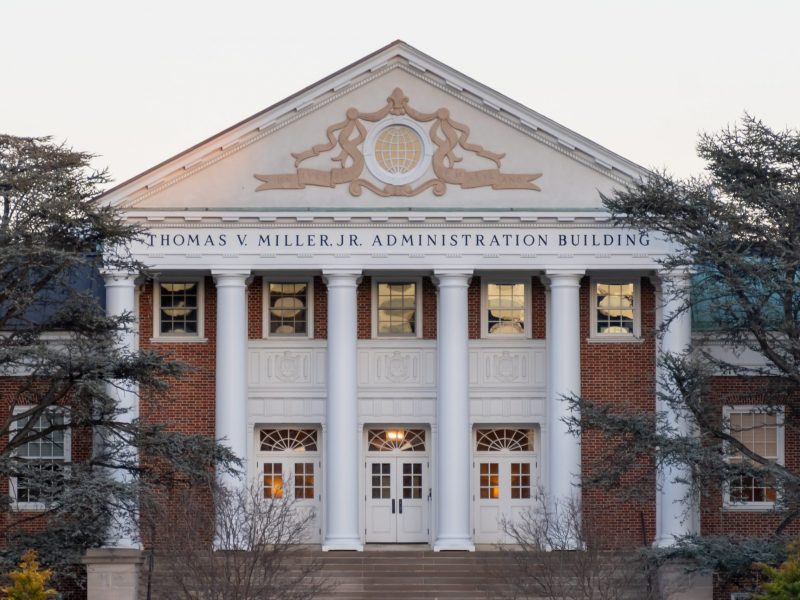By Lena Lajoy
For The Diamondback
A team of University of Maryland students in the volunteer organization Justice for Fraud Victims provided free forensic analysis of evidence as part of an investigation into a murder case earlier this year.
The organization, which is operated through this university’s business school, collaborates with Prince George’s County Police Department’s financial crimes unit and the state’s attorney’s office, which allows them to work on fraud cases.
The students’ work was used by prosecutors in the jury trial of a Prince George’s County resident who was convicted in November of killing her mother after a dispute over fraudulent debit card charges. The students analyzed bank statements, receipts and hours of recorded phone calls before assembling their analysis into a report which was used in the trial.
In addition to helping county law enforcement, the organization also provides free assistance to victims of financial fraud, according to its website.
“They’ll feed us referrals where they might need forensic help with the victims involved or the case itself, and that’s where we come in,” said business lecturer Samuel Handwerger, who also serves as Justice for Fraud Victims’s director.
[Donald Trump nominates UMD finance professor as deputy treasury secretary]
Despite launching last fall, the organization’s work and accomplishments have been impressive, Handwerger said.
After the team created the forensic accounting report highlighting suspicious activity and discrepancies they found in the evidence, Handwerger testified during the trial as an expert witness and shared the students’ report, according to sophomore information systems major Caris Konath, one of the group’s case leads.
The work these students are doing is especially important because they’re mostly working on local cases, Konath said. This means the team’s work is having a direct impact on the people of Prince George’s County, Konath said.
Senior finance major Daniel Perez, the group’s co-founder and former president, said it was “kind of crazy” to be able to work on the case and produce evidence that was used during the trial.
[AI gunshot detection technology at UMD raises concerns about false positives, policing]
The work took a long time for the students to complete and required the team to spend hours on the analysis both before the case went to court and after the trial began when new evidence was found, he said.
Handwerger said it was even more impressive that the students were able to achieve as much as they did because the number of people working on the case was low — only about 10 to 15 people were credited as contributors on the final report, according to Perez.
Perez said since the group was formed, it has become more organized and grown its membership, which will help in their future cases.
“The stuff that we’ve done so far has been great,” Perez said. “I can see it growing into something that is really important and significant in the community.”



